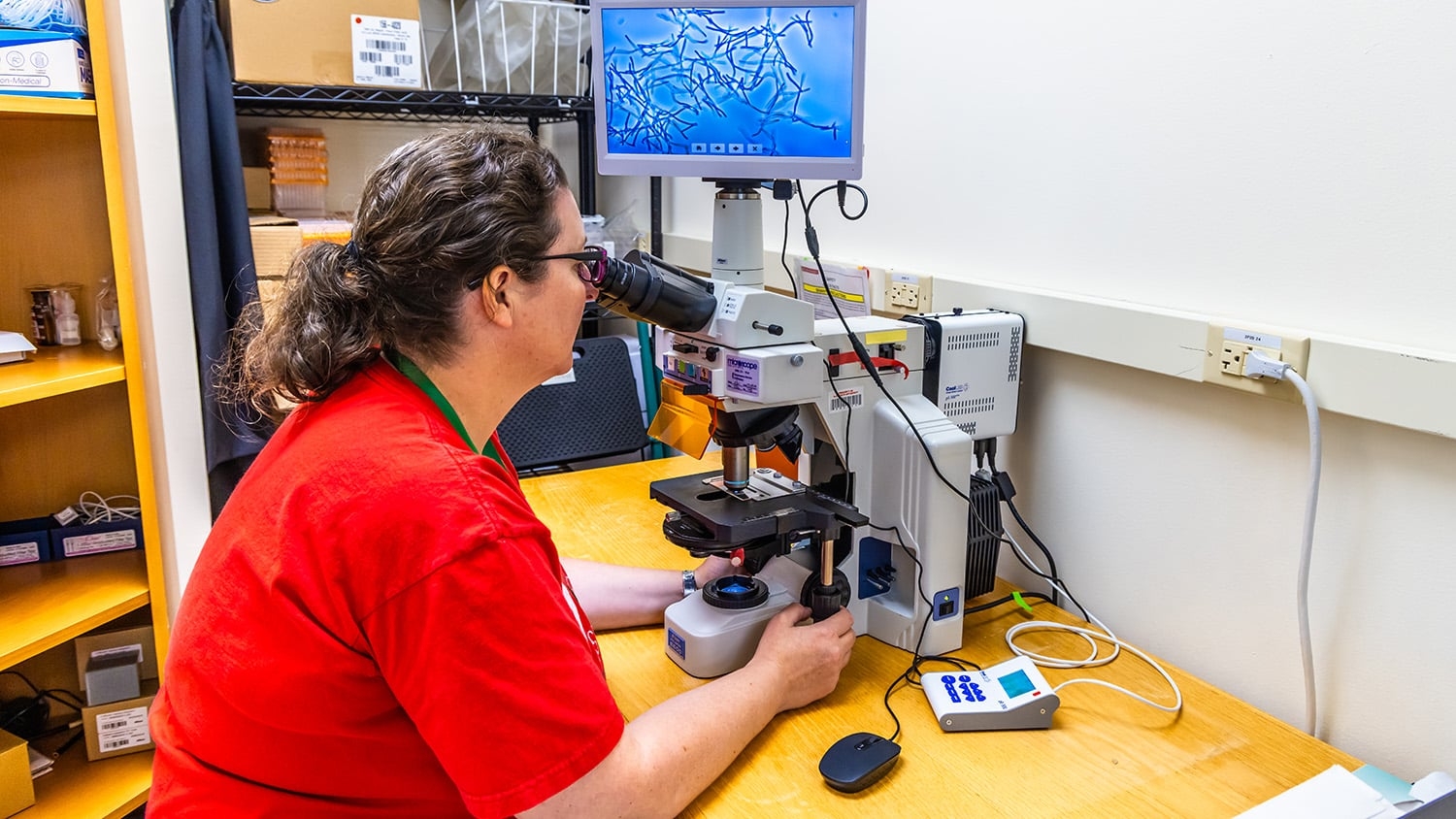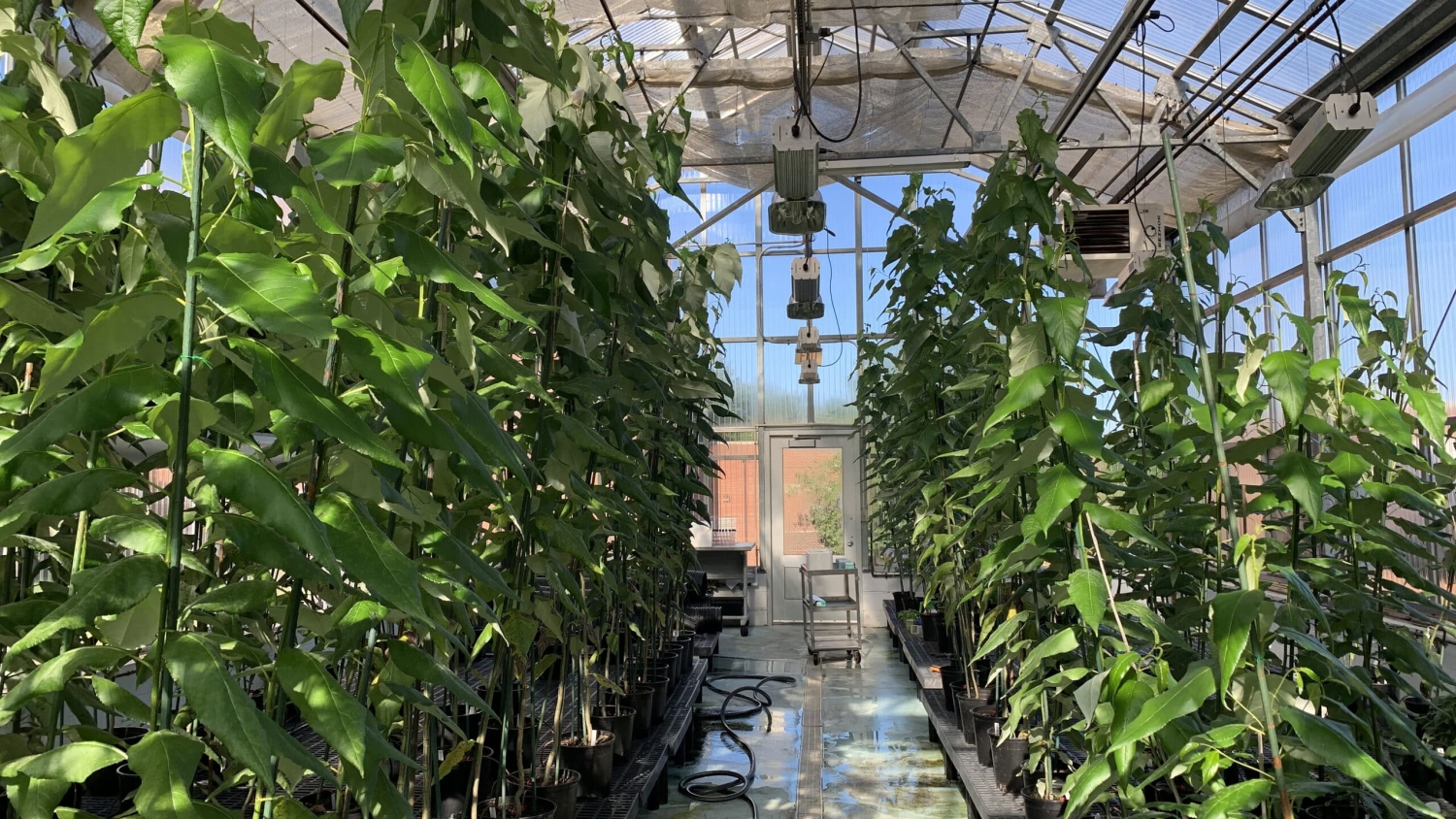Wine, Cheese and Chocolate Milk: The Science Behind the Flavors We Love

MaryAnne Drake has a lot on her plate. Most of it is cheese.
That’s to be expected for a renowned specialist in food flavor and sensory analysis, a William Neal Reynolds Distinguished Professor of Food Science, and the Director of the Southeast Dairy Foods Research Center (SDFRC) for nearly a decade.
Drake knows great cheese — and great science. She’s made an entire career of doing sensory analysis and flavor chemistry for the dairy industry. The Drake Lab can be described as fast-paced, intense and industry-focused. They tackle tricky flavor and texture questions that arise in the food industry, probe consumers on their gustatory preferences, and train product suppliers in the science and art of flavor physiology.
“[Our research] is very much on the front line of immediate application, so it moves at a much faster pace,” Drake says.
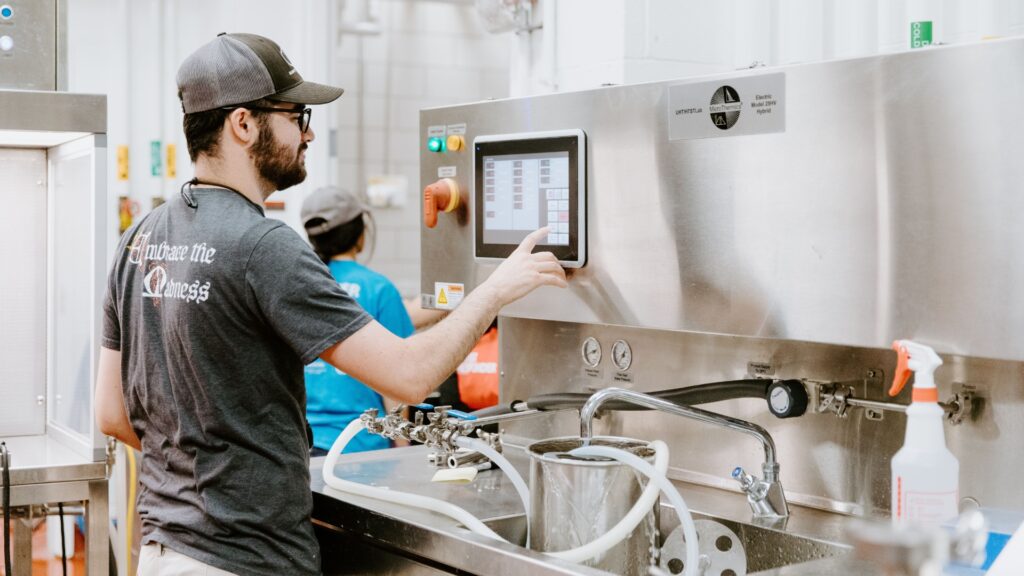
Like many other research labs, the Drake Lab is home to an array of stainless steel analytic equipment: mass spectrometers, gas chromatography systems and fume hoods. It’s at these machines that Drake’s graduate students learn to identify the volatile compounds found in whey proteins or to analyze the chemical changes in milk when exposed to various heat treatments. This is useful data for a dairy company looking to improve product quality and shelf stability.
But flavor chemistry and sensory science also make use of another, rather unusual, scientific instrument: people. More specifically, their senses.
Wrangling Science Through the Senses
Human beings are perpetually collecting and processing environmental information through our senses. Food sensory analysis uses physiology to understand how people respond to food-related stimuli through olfaction (where flavor happens in the nose) and gustation (where basic tastes are perceived in the mouth).
But sensory analysis is not only about flavor — we make judgments about the quality of an apple by what it looks like, how it feels to the touch and what it smells like long before we put it past our lips. Sensory analysis also uses psychology to interpret people’s behavioral and verbal responses to foods. Sensory science, then, is a set of tools that turn humans into objective analytical instruments for understanding the properties of food that make us go, Mmmm.
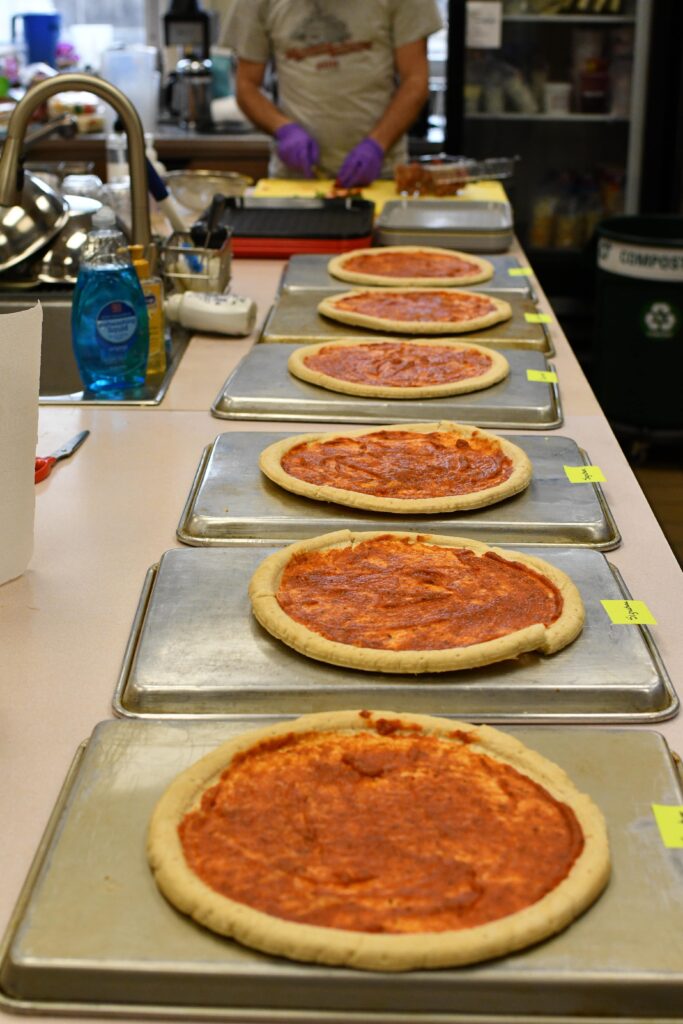
Drake and one of her students recently published a paper in the Journal of Dairy Science in 2022 on consumer perceptions of hot pepper cheese.
“When a consumer tells you, ‘I like hot pepper cheese,’ what do they really mean? How hot is hot? What is the perfect hot pepper cheese?” Drake explains.
The project her student completed as part of a master’s thesis answered these spicy questions and involved a mix of food science and market research.
First, a panel trained in using their senses to objectively identify and quantify flavor attributes spent time assessing the cheeses. How do more or fewer pepper flecks affect the cheese’s appearance? Are there differences between their burn levels? The trained panel benchmarked each cheese along standardized metrics.
Next, the team brought in real consumers who self-reported liking a range of hot pepper cheeses, from mild to spicy-hot. They invited people to do what people do best: share their opinions. The group discussed which cheeses they liked and how much they liked them, how their ideal hot pepper cheese would look, taste, and smell, and their likelihood to purchase the cheeses being sampled. Their work yielded data that the Drake Lab’s industry partners will use to improve their products.
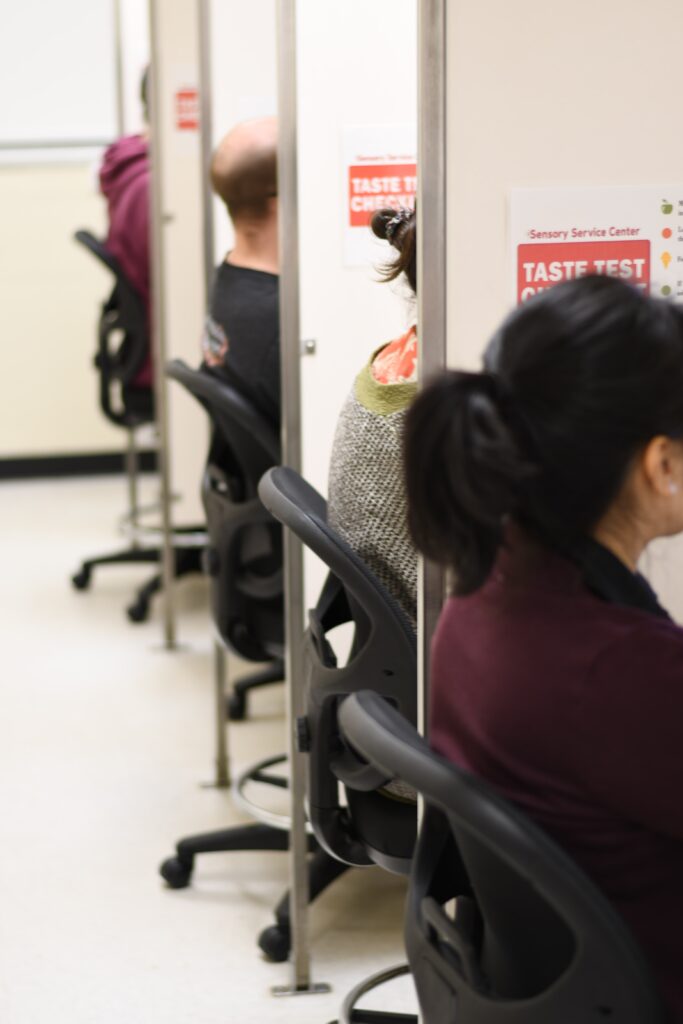
It’s a straightforward example of what the industry comes to SDFRC and the Drake Lab for: great science that yields actionable data. She finds the immediacy energizing.
“We’re not 20 years out from implementation. Work in my lab is actionable five months out,” Drake says.
Pick up any given dairy product at the neighborhood grocery (as well as many other foods), and there’s a good possibility that Drake’s work had a direct impact on bringing it to market.
All in a Day’s Work
Drake’s work has led to a range of unique experiences. She describes a recent talk given to the esteemed Commanderies de Bordeaux, a group of wine educators, on the science behind the sensory joys of pairing fine wine and good cheese. Naturally, the event included the chance to sample bottles corked as far back as the 1980s.
“I got to taste some super expensive French wines — the experience of a lifetime!” Drake says.
In the next breath, she details a training session with McDonalds’ suppliers, instructing them on the sensory properties of the fast food giant’s classic soft serve. “It was a very sassy group,” she chuckles. The breadth of food and beverage clients she works with may seem, on the surface, worlds apart. But if there’s a throughline that ties them all together, it’s that they each care deeply about producing the highest quality foods for consumers the world over — and it’s in Drake’s honed expertise that they entrust their products.
“It’s fun to work with people that are passionate about what they do,” Drake says.
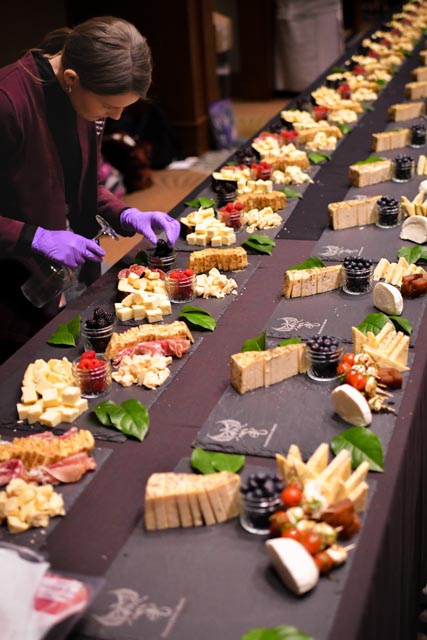
All the passion of the U.S. dairy community came together in a flurry of planning last February when the National Dairy Council (NDC) selected the SDFRC to host their annual Farmer Board of Directors meeting.
Drake was honored. The NC State-led research center — one of just six similar centers funded directly by dairy farmers through the federal dairy “checkoff” program — was the first university research center ever to host the NDC’s annual gathering.
“It [was] a giant event — a really, really big deal,” Drake says of the affair. The SDFRC was chosen to host this year’s board meeting because “the National Dairy Council believed that we would do the best job of putting on a great show and great science,” she asserts. “We hit that one out of the park.”
Building the Dairy Workforce
Drake has always had a strong sense of purpose. “I knew from the time I was 11 or 12 that I wanted to get a Ph.D.,” she says. She completed her graduate work at Washington State University in food microbiology, studying how different cultures used in cheese fermentation impact flavor. Along the way, she learned sensory analysis through hands-on research and mentorship from an industry specialist. Although her graduate work attracted several industry job offers, she chose to stay in academia, first joining Mississippi State University, and eventually landing at NC State’s Department of Food, Bioprocessing and Nutrition Sciences. Today, her lab fields hundreds of contracted projects every year, each one an opportunity to equip her graduate students with valuable insights into how the dairy world ticks.

She lights up when speaking about her graduate students. For her, training the future workforce is just as gratifying as solving industry problems. Under her guidance students learn how to navigate the process of research from question to publication, gaining real-world expertise along the way. Sometimes, she sees them again long after graduation, when they come back to contract new research with the lab, or when they receive prestigious industry accolades.
“Their successes are my successes,” Drake says. “It’s an awesome thing to see them win awards at national meetings. That’s very rich and rewarding to me.”

In reviewing the list of attendees for the annual SDFRC industry meeting, she found she recognized at least a quarter of the names as those of former students, a testament to her impact on the industry’s workforce.
When you love what you do, every day’s a Saturday.
Between advising students, leading on-site lab visits and designing experiments, there’s no shortage of work to keep her busy. “This is a seven-day-a-week job,” says Drake. “But when you love what you do, every day’s a Saturday.”
This post was originally published in College of Agriculture and Life Sciences News.
- Categories:

